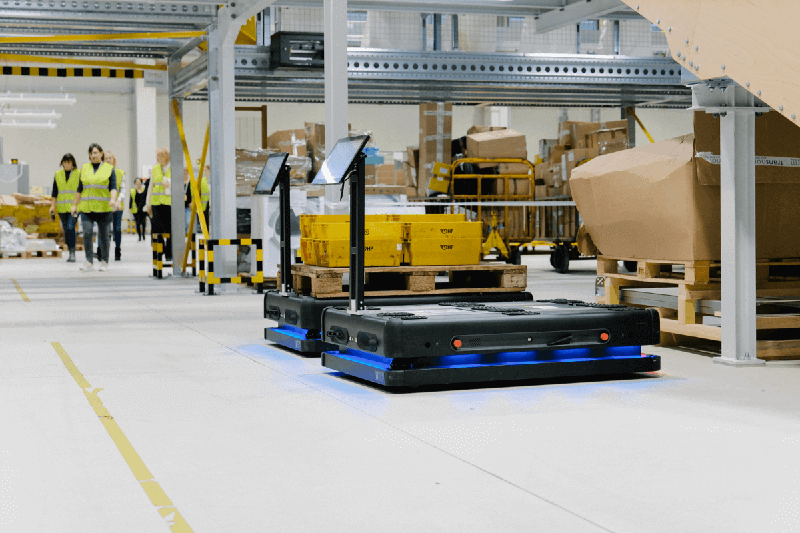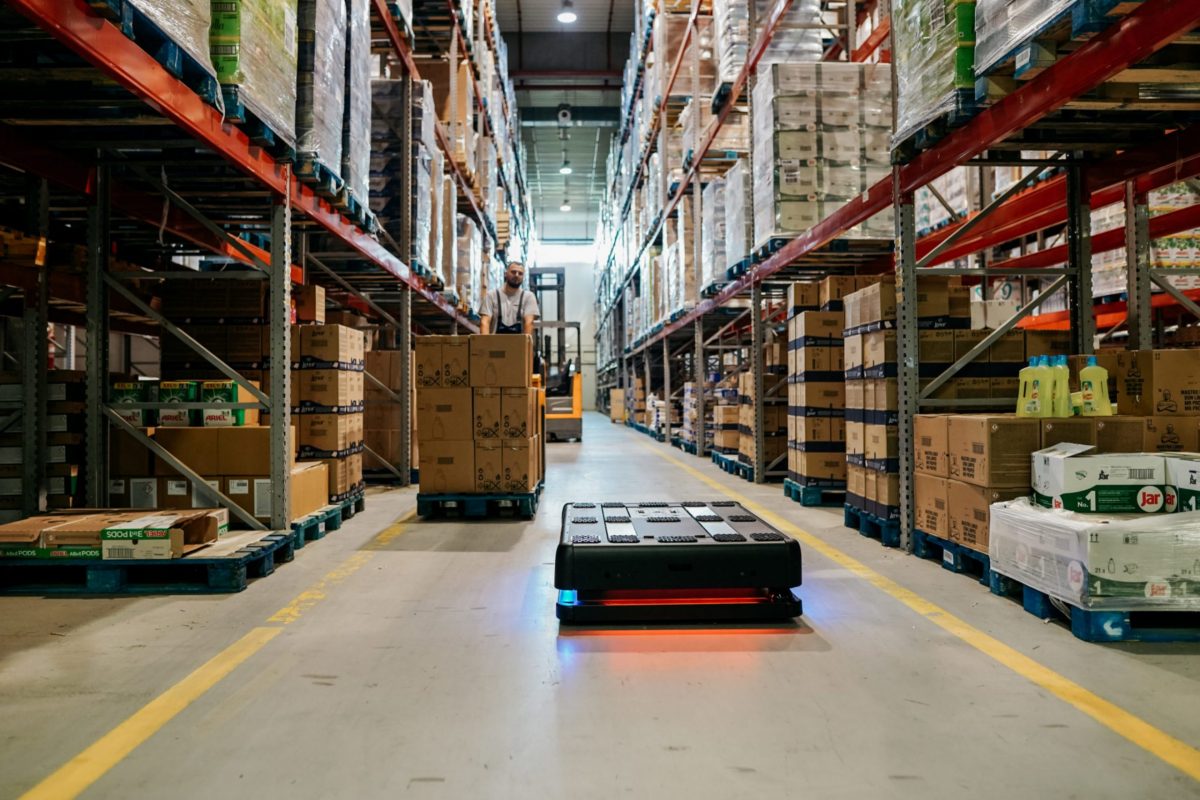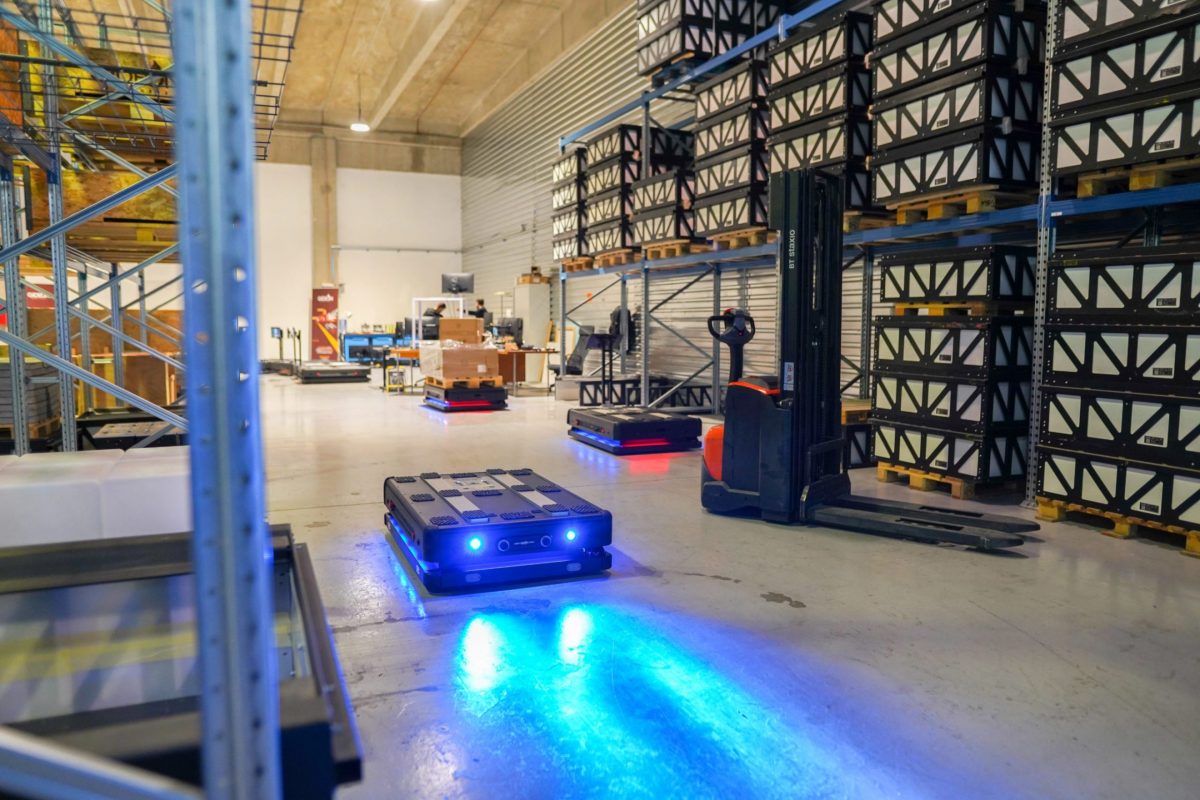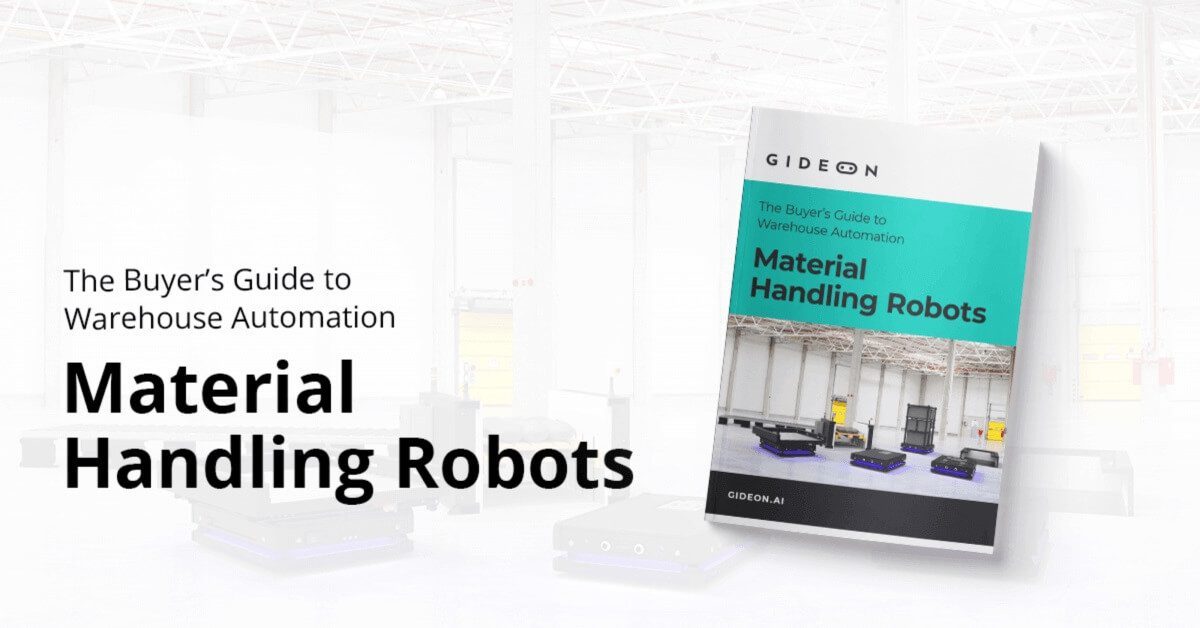- Optimizing Operations
- blog
How to pick the best warehouse robot: Six questions to ask your suppliers

TABLE OF CONTENTS
The “rise of the autonomous mobile robots” has been highlighted as one of the reasons behind the warehouse robotics boom in a recent report from Research and Markets, a leading market research firm. And it’s quite a boom: Research and Markets expects the global market to double by 2026, to $9.1 billion.
Advanced autonomous mobile robots (AMRs) are changing material-handling automation. The latest autonomy technologies make them more flexible and versatile. They’re simple to deploy and use, and they don’t require significant infrastructure requirements.
The trick, of course, is how to find the best AMR solution that can automate your complex workflows, make your employees’ jobs easier and your operations more efficient.

Choosing autonomous mobile robots
Each facility is different, with a unique set of workflows and challenges. And since AMRs are a relatively recent type of material-handling technology, hands-on experience is not (yet) common. This means that it’s not always easy to identify a potentially good fit just by looking at a list of features of a robotics solution.
Game-changing new technologies include, for example, robot vision and AI, helping robots understand better what surrounds them. This makes them safer and more efficient in busy, people-populated environments. Moreover, vision and AI can automate some material-handling operations for the first time. For example, unloading pallets from a trailer entirely autonomously or operating both indoors and outdoors.
We’ve prepared a set of questions to help you pick the most advanced AMR solutions.

1. What infrastructure do we need to install?
Does the robot require beacons, magnetic tapes, or other kinds of virtual ‘tracks’ to follow? If it does, it’s not an autonomous, self-driving robot at all; but an AGV (automated guided vehicle). This means less flexibility in many other features. Both AMRs and AGVs may need auxiliary equipment, depending on the form or function of the vehicle.
2. Do we have to integrate the robots with WMS or similar systems?
The answer will show you the depths of the controlling software. Integration with WMS, of course, means you get the very most out of your robots. However, custom integrations take a significant upfront investment. User-friendly fleet management and orchestration software that doesn’t require an immediate integration with a WMS will mean you can automate immediately and scale as your requirements grow.
3.Will the robot be able to navigate in open loading bays?
This is something only the advanced AMRs, equipped with vision and AI, will be able to do.
As AMRs localize themselves, they rely on finding fixed spots they’ve included in the map they’ve built. That’s easy in a nicely organized grid of shelving racks. However, in a loading bay, there are no fixed points, and goods constantly move. No way to make a usable map of that. They need cameras and the capability to understand their environment to be able to navigate by background.
4. Can the robot work both indoors and outdoors?
This is another question that will reveal the difference between standard and breakthrough AMR technology. Outdoor spaces – yard storage, parking, or even pedestrian areas – are entirely different environments than interiors. Lighting, shapes, speeds, weather, surfaces – everything is different. Having a 2-in-1 is a rare feat.

5. Will the robot perceive forks in their lower-most position?
This question will reveal a lot about the robot’s sensors.
The typical, earlier-model AMRs are equipped with 2D LiDAR (the acronym is meant to evoke “radar,” but it’s a laser sensor, in fact). A pair of 2D LiDARs cover the full 360 degrees around the robot, but they don’t see anything below or above their laser-beam thin line of view. This is why many mobile robots have cameras – to be able to sense more of their environment.
However, when you pair camera input with AI, you get cutting-edge robots that understand their environment.
6. Can we temporarily leave pallets or boxes in corridors?
This may seem to be a simple question, but the confidence with which the supplier replies will tell you a lot about how reliable the mapping and localization algorithm is. An AMR that understands its environment will identify a box as a movable object and, thus, not relevant for map building and localization. Boxes blocking corridors shouldn’t be a problem either – a good AMR should be able to reroute its path when it runs into an obstacle it can’t go around.
Discover more questions for your AMR suppliers – and why their replies matter – in our free e-book.

Download our free guide to help you find the warehouse automation technology that best fits your material handling operations. Includes a handy self-assessment checklist and questions to ask your supplier.